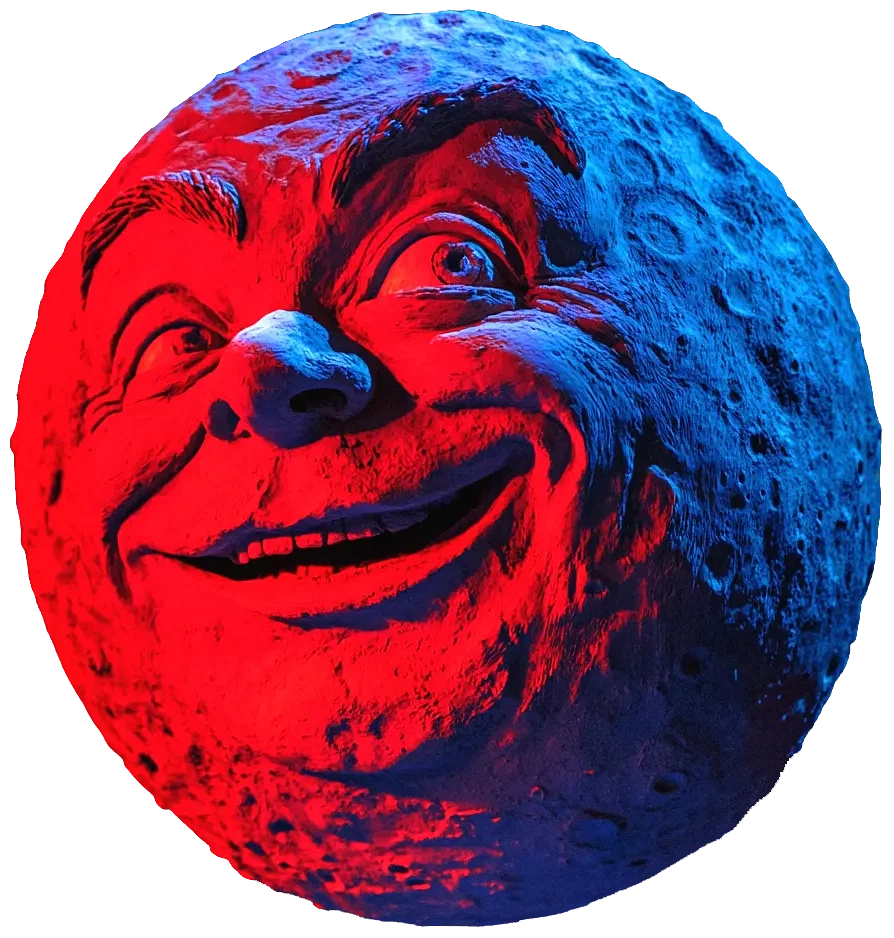Gather ’round, horror aficionados, as we delve into a chat with the drive-in movie maestro himself, Joe Bob Briggs, on a special occasion – his birthday bash! The man who’s brought us countless nights of B-movie bliss and exploitation extravaganza shared his wisdom and reflections on the evolution of cinema through the decades, especially highlighting the 1970s and 1980s as pivotal eras for genre and exploitation films.
Joe Bob reminisces about the ’70s as a time of wild experimentation and freedom in filmmaking, a period when the crumbling studio system and the aftermath of the hippie revolution led to an anything-goes attitude on the big screen. This era birthed a fascinating, albeit short-lived, sub-genre of LSD movies among other oddities that could only have emerged in such an unbridled creative climate. According to Joe Bob, this was a time when “you could make a movie about giant frogs” and the studios would just roll with it, a stark contrast to any other decade’s cinematic output.
The conversation then shifts to the 1980s, which Joe Bob marks as significant for bringing just about anything into the video store. This period democratized film distribution in an unprecedented way, enabling films made on a Tuesday to hit shelves by Friday. Yet, despite the freedom and rapid turnaround, Joe Bob points out that these two decades offered very different types of opportunities for filmmakers.
As the chat veers into the realms of slasher films and the Italian vs. American approaches to zombie cinema, Joe Bob offers a nuanced view on the genre. He doesn’t see Italian and Romero-style zombies as comparable, noting that each brings its distinct flavor to the horror feast. The discussion touches on the roots of slasher films and how movies like Mario Bava’s “Twitch of the Death Nerve” predate what many consider the archetype of the genre set by “Friday the 13th”.
In a reflection that spans the breadth of cinematic history, Joe Bob Briggs, with his encyclopedic knowledge and passion for film, sheds light on the complexities and quirks of genre filmmaking. From the psychedelic explorations of the ’70s to the formulaic slashers of the ’80s, Briggs’s insights remind us that horror and exploitation films are not just about shock and awe but are deeply rooted in the cultural, technological, and artistic shifts of their times.








